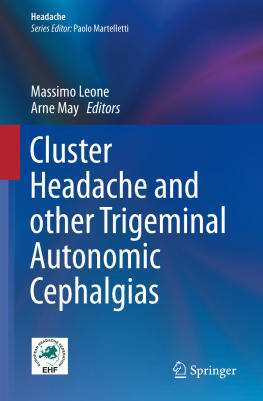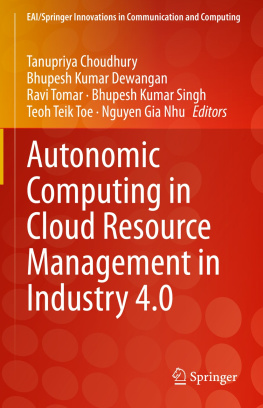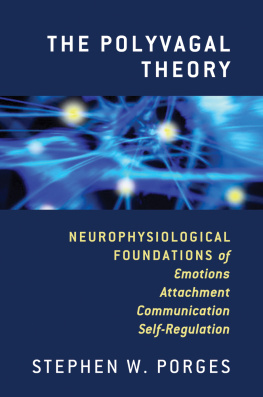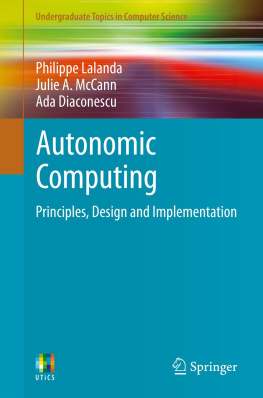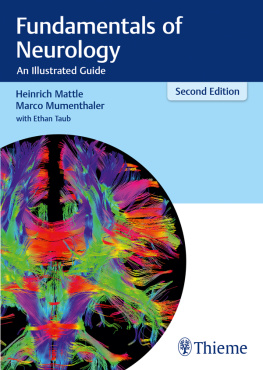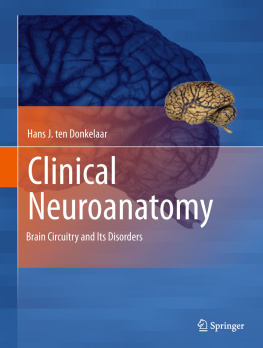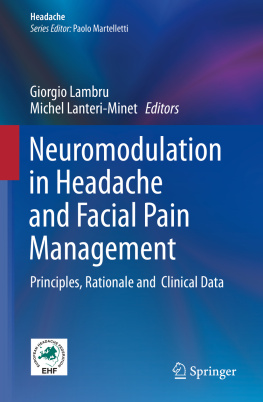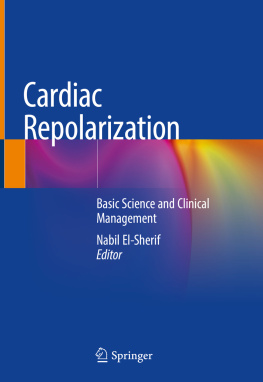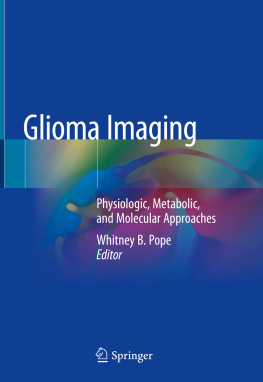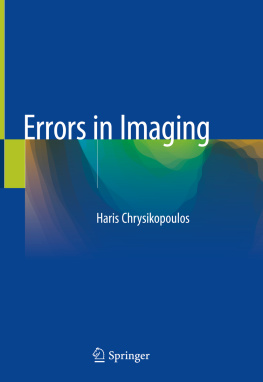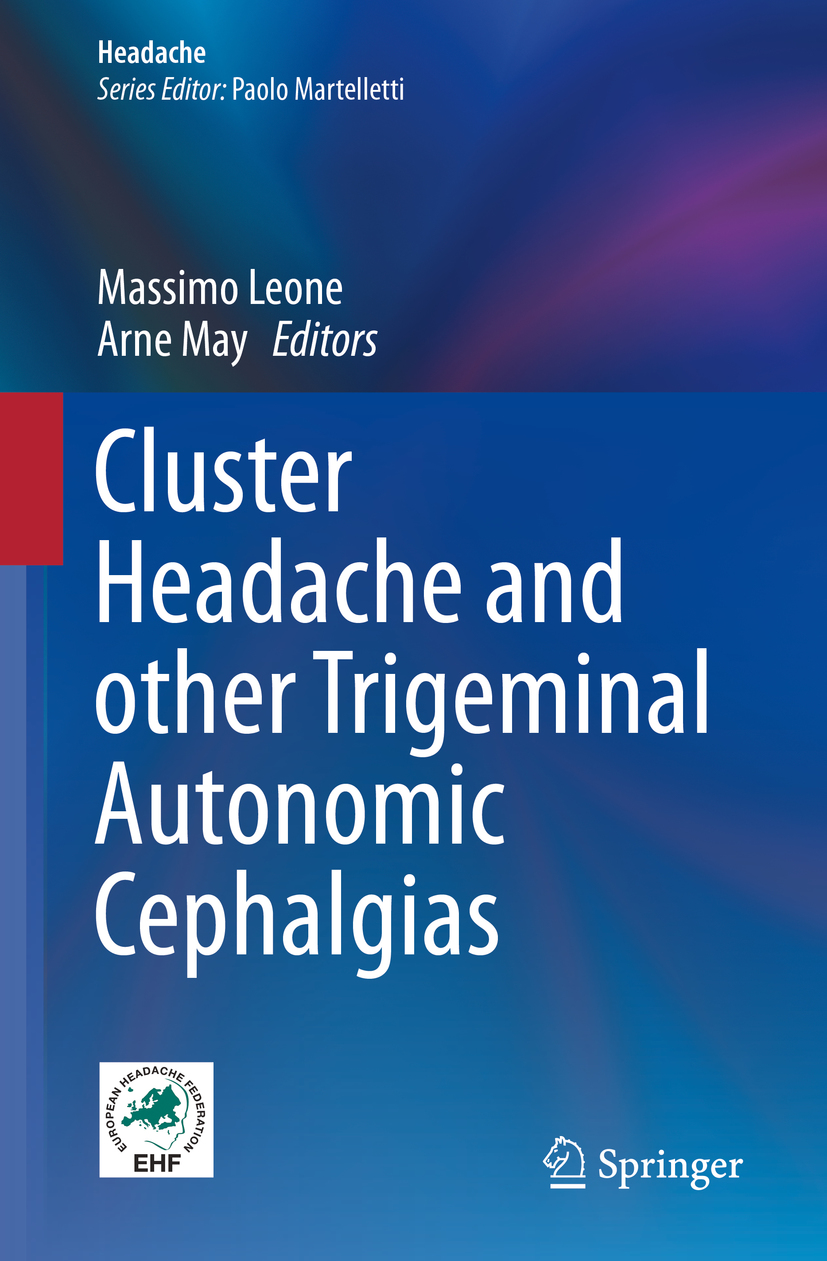Headache
Series Editor
Paolo Martelletti
Roma, Italy
The purpose of this Series, endorsed by the European Headache Federation (EHF), is to describe in detail all aspects of headache disorders that are of importance in primary care and the hospital setting, including pathophysiology, diagnosis, management, comorbidities, and issues in particular patient groups. A key feature of the Series is its multidisciplinary approach, and it will have wide appeal to internists, rheumatologists, neurologists, pain doctors, general practitioners, primary care givers, and pediatricians. Readers will find that the Series assists not only in understanding, recognizing, and treating the primary headache disorders, but also in identifying the potentially dangerous underlying causes of secondary headache disorders and avoiding mismanagement and overuse of medications for acute headache, which are major risk factors for disease aggravation. Each volume is designed to meet the needs of both more experienced professionals and medical students, residents, and trainees.
More information about this series at http://www.springer.com/series/11801
Editors
Massimo Leone and Arne May
Cluster Headache and other Trigeminal Autonomic Cephalgias
Editors
Massimo Leone
Department of Neurology, Neuroalgology Unit, The Foundation of the Carlo Besta Neurological Institute, IRCCS, Milano, Italy
Arne May
Department of Systems Neuroscience, University of Hamburg, Hamburg, Germany
ISSN 2197-652X e-ISSN 2197-6538
Headache
ISBN 978-3-030-12437-3 e-ISBN 978-3-030-12438-0
https://doi.org/10.1007/978-3-030-12438-0
Springer Nature Switzerland AG 2020
This work is subject to copyright. All rights are reserved by the Publisher, whether the whole or part of the material is concerned, specifically the rights of translation, reprinting, reuse of illustrations, recitation, broadcasting, reproduction on microfilms or in any other physical way, and transmission or information storage and retrieval, electronic adaptation, computer software, or by similar or dissimilar methodology now known or hereafter developed.
The use of general descriptive names, registered names, trademarks, service marks, etc. in this publication does not imply, even in the absence of a specific statement, that such names are exempt from the relevant protective laws and regulations and therefore free for general use.
The publisher, the authors, and the editors are safe to assume that the advice and information in this book are believed to be true and accurate at the date of publication. Neither the publisher nor the authors or the editors give a warranty, express or implied, with respect to the material contained herein or for any errors or omissions that may have been made. The publisher remains neutral with regard to jurisdictional claims in published maps and institutional affiliations.
This Springer imprint is published by the registered company Springer Nature Switzerland AG
The registered company address is: Gewerbestrasse 11, 6330 Cham, Switzerland
Foreword
Cluster headache has always been the object of researchers desire for understanding. I must confess that I too have succumbed to its dark fascination and applied myself for more than 15 years to the visionary study of its neuroimmunological mechanisms, well before the era of monoclonal antibodies started.
This new volume of the Headache Series, endorsed by the European Headache Federation, carefully scans all the corners of laboratory and clinical research on cluster headache and offers a complete pathophysiological picture. Although it is so typical to be unmistakable, it often escapes the untrained eye in everyday practice; these diagnostic delays remain completely unacceptable, especially because they can be extremely serious or fatal. Although very dated, prevention therapies of cluster headache are not always correctly applied everywhere and in a timely manner, often missing the appropriate cardiovascular evaluations.
Always keeping an eye to the past, the present of these patients is more promising, due to a better awareness of this crucial illness and better educational activities.
The near future seems to promise a new pharmacological class, but we still need to make better use of the available therapeutic armaments.
This volume, edited by two giants of the sector, Arne May and Massimo Leone, offers to expert readers new food for thought, to young physicians basics know-how to properly recognize and treat cluster headache, and to students a safe and solid point of integration of what they often do not find adequately detailed in their textbooksall cleverly presented by a parterre de roi list of authors.
Paolo Martelletti
Rome, Italy
Foreword
In the last decade, scientific attention on cluster headache and related syndromes has much increased. For a rather rare disease as cluster headache, this is a good news. On the other side, it has emerged the need to have a reappraisal of the knowledge on the worst primary headache, i.e. cluster headache, as well as on related disorders. In this book, clinical data and research findings are well mixed so that it can be intelligible to the vast majority of physicians and neurologists not expert in the headache field.
I have met several cluster headache patients who have remained for many years without a proper diagnosis, hence, poorly treated. Cluster headache produces high disability during the cluster periods and even more when it has a chronic course. How to reduce all this sufferance? Carefully listening to these patients will easily guide to properly diagnose the disease. Empathy with patients is crucial to develop good research and improve science.
Some peculiar characteristics of cluster headache as the strict unilaterality of the pain and the circadian and circannual recurrence of the attacks are convincing evidence that this is a disease of the brain. Along the 1980s, a number of neuroendocrinological studies showed alterations pointing to a hypothalamic involvement in cluster headache.
In the late 1990s, the seminal neuroimaging studies by Arne May, Peter Goadsby and colleagues opened a window on the brain of cluster headache patients, confirming that the area of the posterior hypothalamus is involved in the pathophysiology of the disease. Their observation led our group in Milan to introduce for the first time the stimulation of that brain area to relieve otherwise intractable chronic cluster headache. So far, stimulation of this brain area has been used in various centres to relieve otherwise intractable cluster headaches as well as other trigeminal autonomic cephalgias. This opens up avenues to better understand the role of certain brain areas in the pathophysiology of these headache forms (and maybe beyond that).
Before the 1988 headache classification, cluster headache was considered a migraine variant in the vascular headaches chapter. Lee Kudrows book in 1980 and Ottar Sjaastads book in 1992 have much contributed to spread knowledge on the disease and to give scientific dignity to such a devastating disorder. This book follows the line traced by those books and represents a continuum bridging the past, present and future. It can help the new generations of clinicians and researchers in this field.

